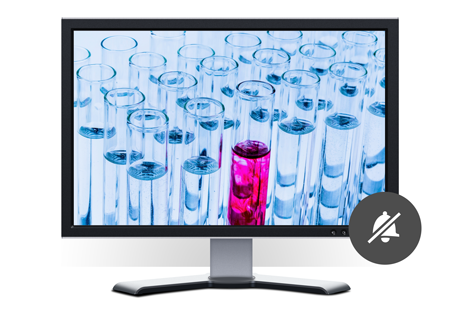For many years, AV-Comparatives’ protection tests have included a false-positives test, to ensure that security products do not provide protection at the expense of plaguing the user with false alarms. From time to time, enterprise users send us false-positives samples that they have encountered themselves. This is very helpful to us in our research, and so we are now making it easier to submit FPs to us.
Tag: false alarm test
Dealing with False Positives: Reporting Issues to Antivirus Vendors
False positives can be a frustrating experience for users of antivirus software. Imagine you’re working on an important project or downloading a harmless file, only to have your antivirus flag it as a potential threat. While antivirus software plays a crucial role in protecting our systems, false positives can sometimes occur due to various reasons. However, the good news is that many antivirus vendors actively encourage users to report false positives they encounter, helping improve the accuracy of their detection systems. In this blog post, we will provide a list of popular antivirus vendors and their websites, where you can easily submit false positives for investigation.
Consumer Malware Protection Test March 2023
As part of its ongoing Consumer Main-Test Series, AV-Comparatives has released the results of its March 2023 Malware Protection Test for consumer security solutions. 16 popular anti-malware programs were evaluated to assess their ability to detect and block malicious files before, during or after execution.
Consumer Malware Protection Test September 2022
As part of its ongoing Consumer Main-Test Series, AV-Comparatives has released the results of its September 2022 Malware Protection Test for consumer security solutions. 17 popular anti-malware programs were evaluated to assess their ability to detect and block malicious files before, during or after execution.
Consumer Malware Protection Test March 2022
As part of its ongoing Consumer Main-Test Series, AV-Comparatives has released the results of its March 2022 Malware Protection Test for consumer security solutions. 17 popular anti-malware programs were evaluated to assess their ability to detect and block malicious files before, during or after execution.
Consumer Malware Protection Test September 2021
As part of its ongoing Consumer Main-Test Series, AV-Comparatives has released the results of its September 2021 Malware Protection Test for consumer security solutions. 17 popular anti-malware programs were evaluated to assess their ability to detect and block malicious files before, during or after execution.
Consumer Malware Protection Test September 2020
We released our Consumer Malware Protection Test. Any samples that have not been detected e.g. on-access are executed on the test system. A false alarm test is also included. While in the Real-World Protection Test the vector is the web, in the Malware Protection Test the vectors can be e.g. network drives, USB or cover scenarios where the malware is already on the disk.
Consumer Malware Protection Test March 2020
We released our Consumer Malware Protection Test. Any samples that have not been detected e.g. on-access are executed on the test system. A false alarm test is also included. While in the Real-World Protection Test the vector is the web, in the Malware Protection Test the vectors can be e.g. network drives, USB or cover scenarios where the malware is already on the disk.
Spotlight on security: The Curse of the False Positive
By David Harley
When is a false positive (FP) really a false positive? How much care should security vendors take to avoid or at worst fix them: do they really matter at all?
Consumer Malware Protection Test September 2019
We released our Consumer Malware Protection Test. Any samples that have not been detected e.g. on-access are executed on the test system. A false alarm test is also included.









